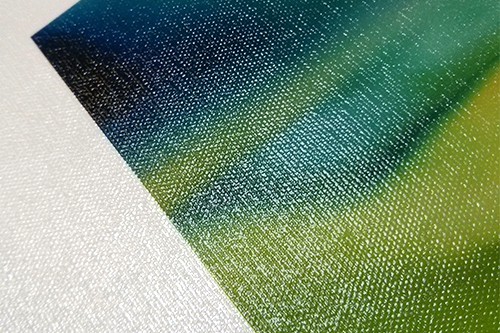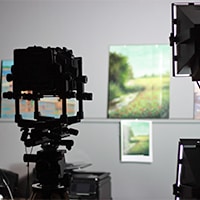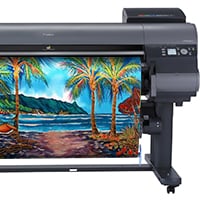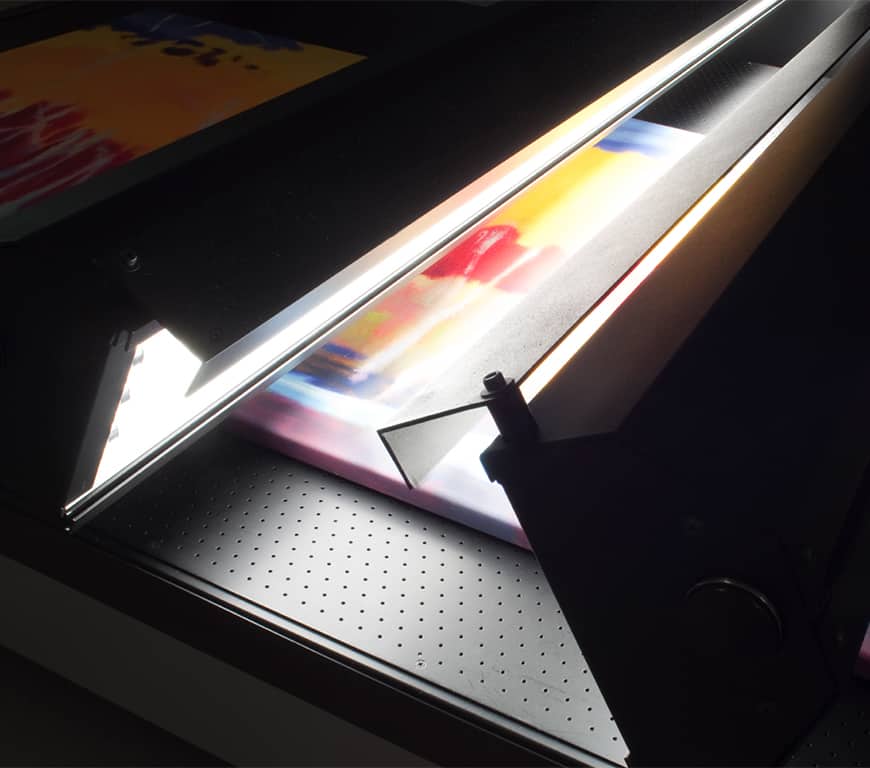
Art Reproduction
Vincent van Gogh (famous painter; one-eared fellow) noted that, “Great things are not done by impulse, but by a series of small things brought together.” We totally get this. You’ve worked so hard to create your masterpiece, and now it’s time to take the steps to get it out there—but where do you start? Don’t worry. We can help you pull all the small things together by offering the best in fine art reproduction services available in all of Orange County.
Our giclèe prints use the highest quality equipment and materials. So regardless of the size of your order, we ensure that every reproduction leaving our facility meets our exacting standards and is delivered to you on time. We like to make sure that the journey is straightforward and every detail is perfect, so once it all comes together you—and everyone else—can truly appreciate your great work.
We think the digital capture of your art is the most important step in fine art reproduction, and the core of our art scanning services. After all, your print can only be as good as the scan. Our Better Light high-resolution 4 x 5 digital scanning back camera is considered by museums to be the finest technology available for capturing fine art, and we can digitally capture in sizes up to 6’ x 8’ without touching the surface of the artwork. For oil paintings and large acrylics with high gloss, we use a special polarizing system to ensure that color is captured accurately, without glare.
I have been a professional artist with a thriving business in Laguna Beach for over fifteen years. Laguna Digital handles all types of art publishing for me including simple high quality color copies, canvas, and paper Giclees. I have worked intimately with Mahyar and his staff over the years and it is their expertise, quality, care and amazing color corrections that made my work even more appealing. That has generated many sales for me, and I credit them with contributing to my success.
- Linda Pirri, Artist
STEP 1
Digital Capture
An image capture is essentially a hybrid of a photograph and a scan. It is made using a digital scanning back in a traditional medium format camera. It actually scans the original from top to bottom through an open camera aperture. This is the best form of digital preservation possible for your originals. All the best museums and galleries utilize this form of photography for their originals.
This process replaced the transparency or film step in art reproduction. Now the scan goes directly into the computer and there is literally no information lost from the original painting like there used to be with film. This kind of image capture is the very best kind of photography you can have of your originals.
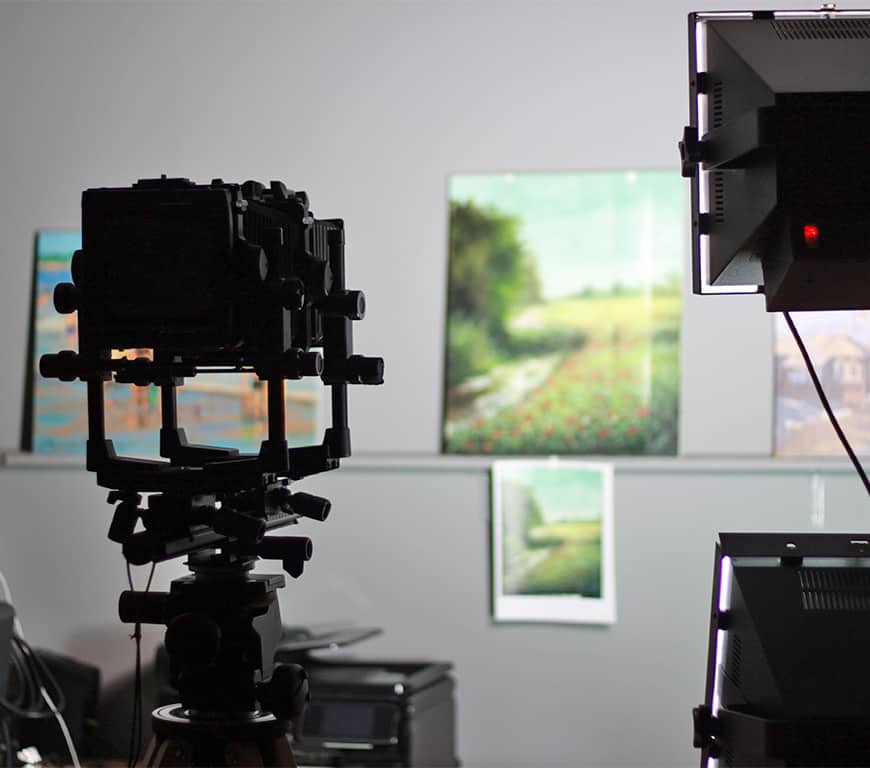
Film & Transparency Scan
Drum scanning option creates archival quality, high-resolution scans that extract and preserve every subtle detail in film mediums including negatives, slides, and transparencies. Files created during drum scanning are highly detailed, as the process resolves the film grain structure and reveals every nuance of the image. Drum scanning ensures optimal quality in a large range of print sizes and the images created are full of rich colors, depth, and amazing sharpness.
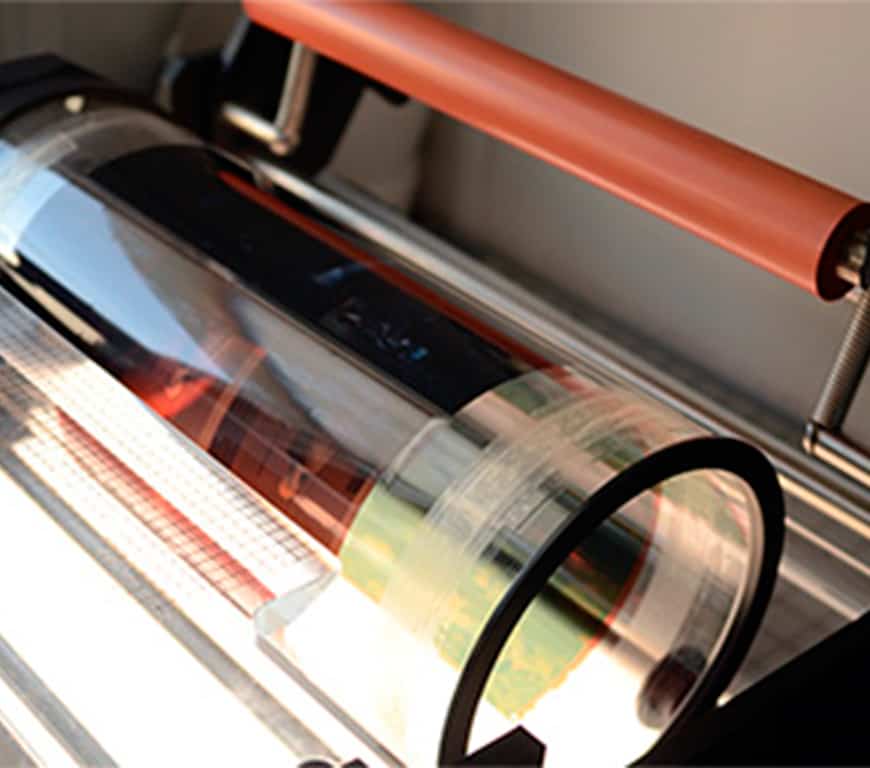
STEP 2
Color Management
Graphic professionals adjust or optimize the colors in a scan to achieve the most accurate color reproduction. The complexity of file optimizing varies from easy to difficult depending on the dyes and pigments in the original artwork and the printing device being used.
Proofs
Graphic professionals adjust or optimize the colors in a scan to achieve the most accurate color reproduction. The complexity of file optimizing varies from easy to difficult depending on the dyes and pigments in the original artwork and the printing device being used.
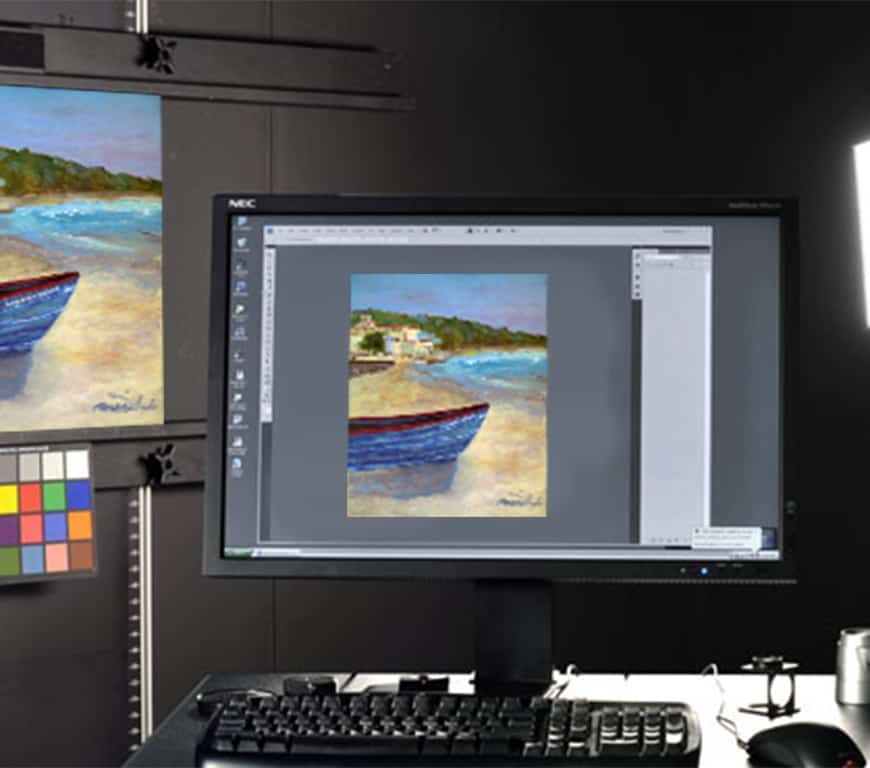

STEP 3
Giclée Printing
Giclée printing is a process that uses fade-resistant, archival inks and archival substrates to print on large format printers.
This process is often used by artists to make reproductions of their original artwork, photographs or computer-generated art for resale while preserving the original.
The term Giclée printing is based on the French word “le gicleur” meaning “nozzle”, or more specifically “gicler” meaning “to squirt, spurt, or spray”.
Laguna Digital specializes in high quality Giclée printing and works with the artists to create gallery-quality reproductions of their work.
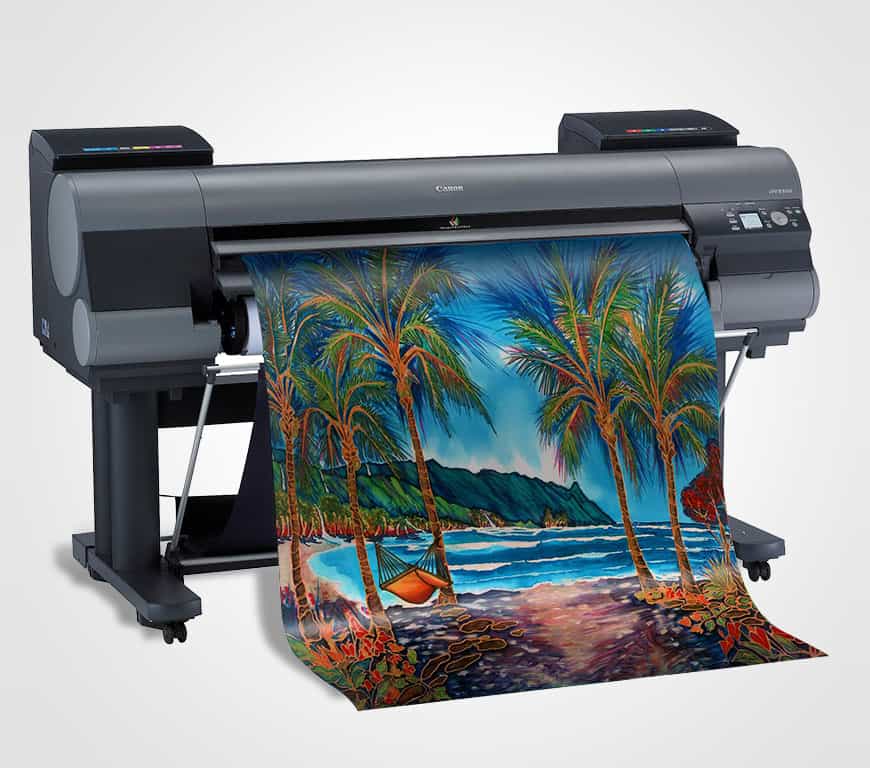
Substrates
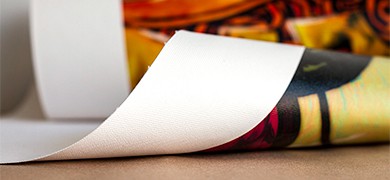
Canvas
This high quality canvas is acid free 100% cotton and utilizes a tight weave that is ideal for photographic and fine art reproductions. It features a matte non-reflective surface with a bright white point, exceptionally high Dmax and wide color gamut and is perfect for stretching without sagging is pliable enough to withstand stretching without sagging. It can be glazed for further protection.
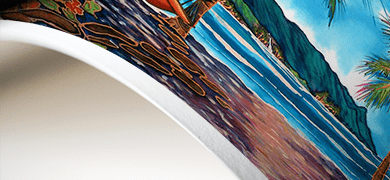
Somerset Velvet
100% acid free heavyweight cotton rag fine art paper with a textured radiant white velvety surface. Provides vivid color reproduction and rich black tones. Somerset has long been a favorite fine art paper choice for watercolor artists. Archival museum quality. Light fastness rating of 100 years. Somerset Velvet is a 255 gsm* cold press paper.
STEP 4
ROLLED Canvas
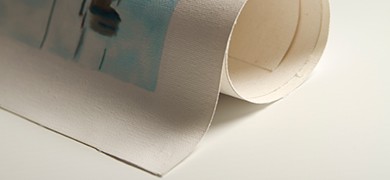
GALLERY WRAPS
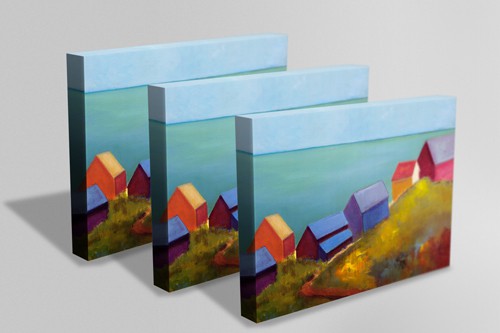
Thickness
- 0.75″
- 1.5″
- 2.0″
Edge Options
- Extended Image
- Solid Color
- Mirrored Image
WATERCOLOR DECKLE EDGE
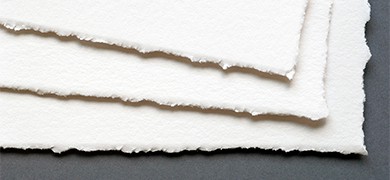
UV COATING
